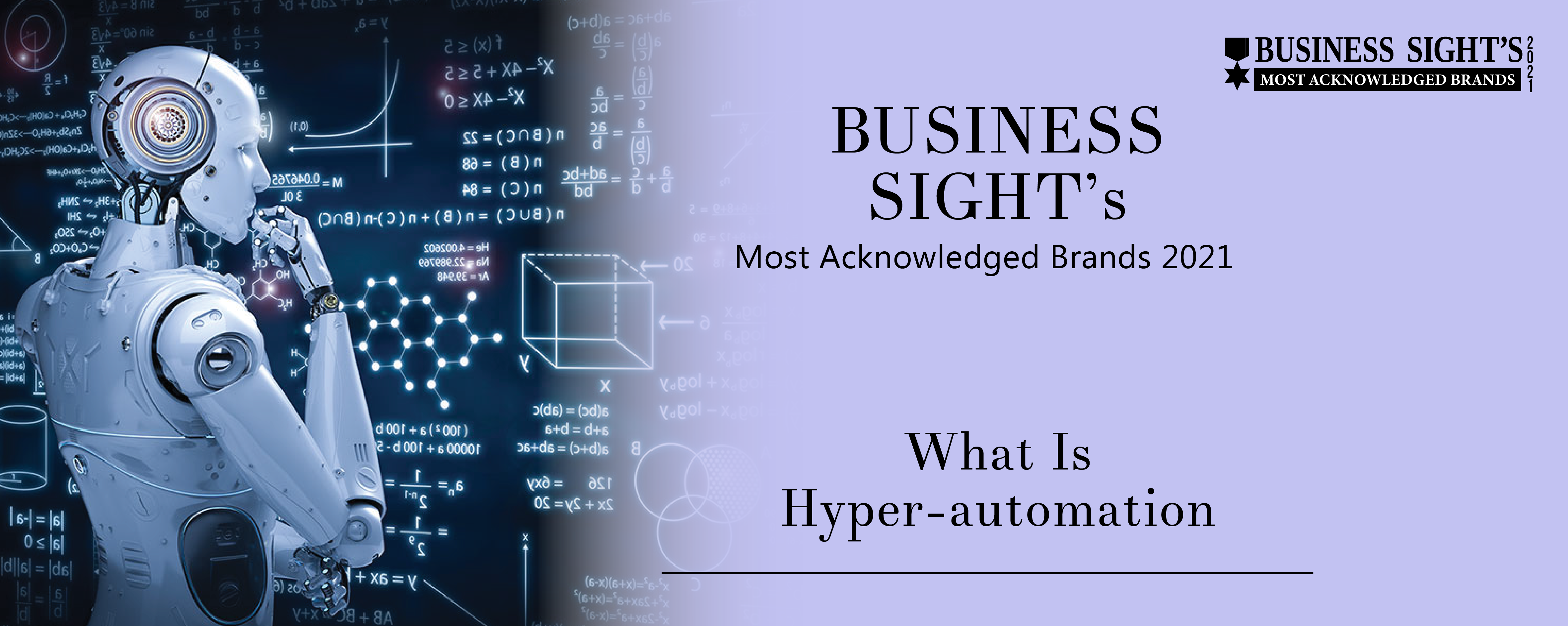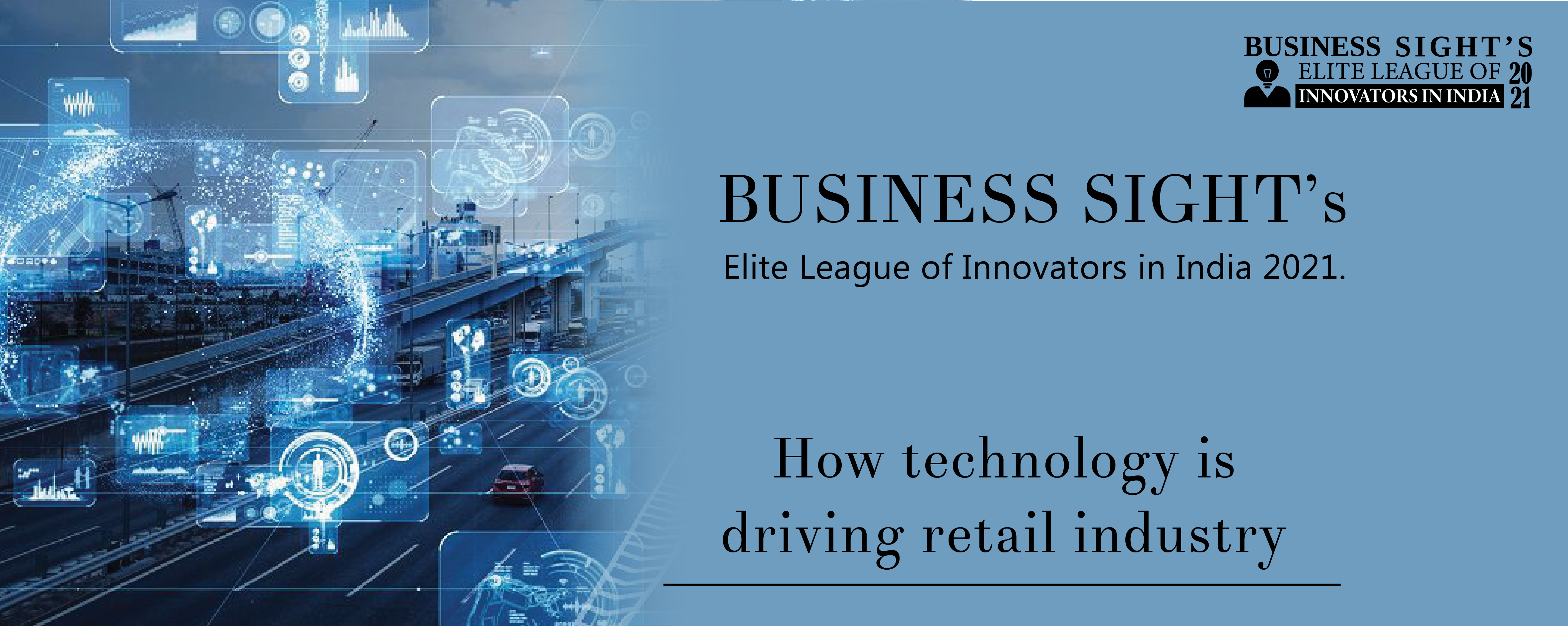Industries are going through a lot of disruption as new technologies are invading the space and changing the processes completely. Out of these technologies, hyper-automation is garnering attention as it is the emerging technology with a lot of potentials to change the industries and enhance productivity and build constructive processes. hyper-automationis one of the Top 10 Strategic Technology Trends for 2020, so you’re hearing the buzz about hyper automationand there’s a good reason behind all the hype. A perceptive forecast made by an analyst recently is that 20 percent of business content will be authored by machines and as the adoption of automation is rapidly increasing, the technologies and tools available are simultaneously evolving and improving, setting the stage for a whole new era of automation. As the name suggests, hyper-automation goes beyond your typical automation strategy, as one that makes its potential in optimizing business processes and improving the lives of employees even greater.
The volume and velocity of business data have reached chaotic proportions but fortunately, cognitive technologies are shining a light on the solution and this makes it a trend that enterprises need to consider which will have a profound impact on people across industries and geographies, with significant potential for disruption. It can be defined as the combination of multiple machine learning (ML), packaged software and automation tools to deliver work and deals with the application of advanced technologies including AI and machine learning to increasingly automate processes and augment humans.Hyper automation brings together several components of process automation, integrating tools and technologies that amplify the ability to automate work and while hyper-automation hasn’t historically been used in common parlance but has generated huge interest and in 2020, it will be making big waves.
The solution comes with its fair share of questions for content-intensive industries like banking, manufacturing, and retail but hyper-automation isn’t simply replicating how tasks are completed with robotic process automation (RPA). Think of this as the automation of clerical processes that display rigid patterns and limited boundary conditions and in addition to extending across a range of tools, hyper-automation also refers to the sophistication, or steps, of automation which are discovered, analyze, design, automate, measure, monitor, reassess.It starts with robotic process automation (RPA) at its core, and expands automation capability with artificial intelligence (AI), process mining, analytics, and other advanced tools and historically organizations relied on complex code to automate work, but RPA made it much easier, democratizing coding while a key attribute of hyper-automation is its ability to loop humans into the process.
Hyper automation is an expansion of automation in both breadth and depth and going from thinking of automation as simply RPA and task automation to thinking of automation as highly sophisticated. AI-based process automation to the level that organizations are building ‘digital twins’ and RPA delivers substantial improvement in employee productivity, impacts cost and shows a dramatic reduction in error rates. The idea behind hyper-automation is to automate more and more knowledge work, and engage everyone in an organization to be part of the transformation and now, bots are working like a person would, using user interfaces (UIs) of common applications like SAP, SalesForce and Microsoft Office. This improves customer satisfaction and eliminates the time and cost associated with a rework as you could say that where automation is the use of a robot’s arms to perform tasks quicker, hyper-automations making use of the robot’s brain to perform those tasks but in a smarter way.

















